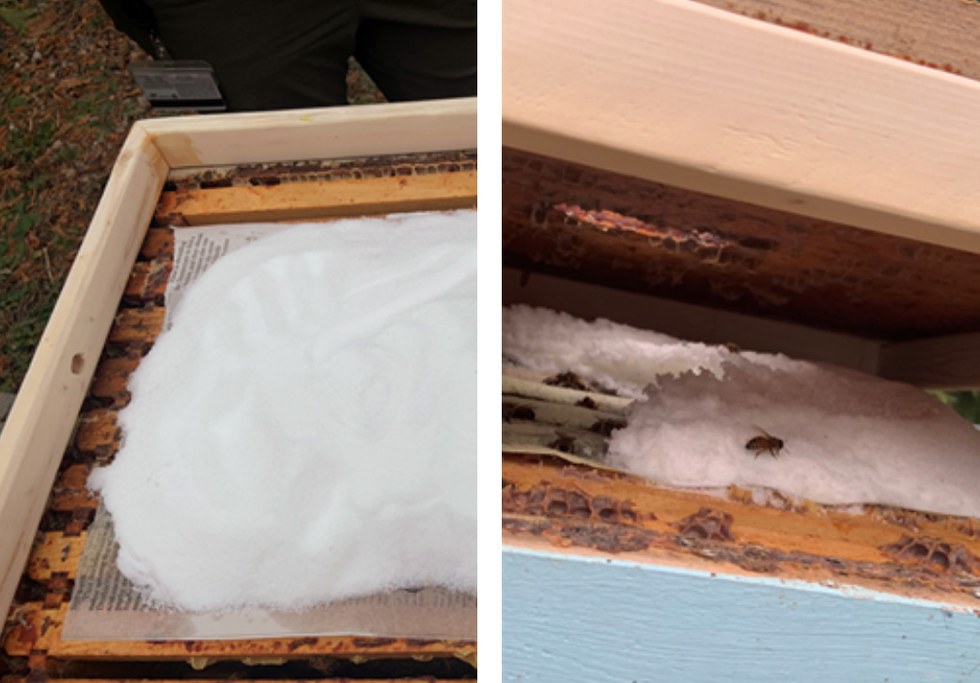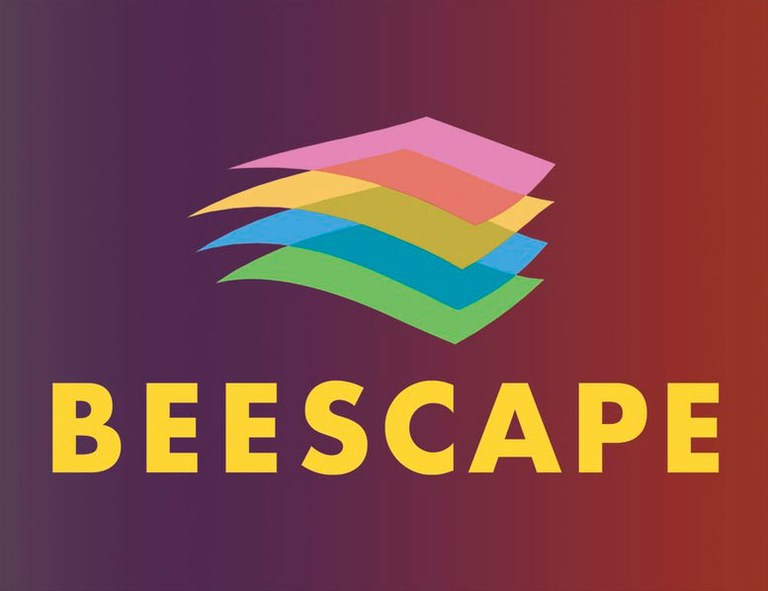Posted: January 14, 2020
This is the fifth of our new monthly updates (January 2020) from us here at Beescape!
A quick reminder about the Fall survival survey from 2019 - if you have not already filled out your Fall survival survey, there is still time! In fact, you can complete your Fall survey at any point before you complete your spring survey. By contributing fall (and spring) survival data through Beescape, the Beescape Team can better predict the landscape factors (including weather and climate) associated with metrics of bee health like overwinter survival and nectar flows! We need BOTH Fall and Spring surveys for each apiary to make use of the data -- one without the other cannot be added to our models. We are excited to use your data to make better tools to predict honey bee landscape dynamics!
On a different note, it's important to remember the hundreds of wild bee species across North America. While solitary bees like leaf cutters and mason bees are waiting out winter in their cocoons and bumble bee queens are buried in their earthen dens (called "hibernacula"), honey bees are mostly hivebound in the northeastern US this time of year. January is a great time of year to build more nesting boxes/bee hotels for wild bees and paint and assemble equipment for honey bees!
When winter temperatures do rise above freezing, we here at PSU frequently take the opportunity to check food stores of our honey bee colonies - this also affords an opportunity to add some extra emergency food if needed. There are many options for providing emergency food to honey bees. Kate (PSU Grozinger Lab manager) uses the "mountain camp" method where a shim is placed above the top hive body and dry sugar is poured on a piece of newspaper. Condensation will quickly turn this sugar into a hard brick. This form of feeding serves two functions, it helps control excess humidity inside the hive and provides emergency food for the bees. We have noticed that some colonies seem to dig right in even if they still have plenty of honey and others won't touch it unless they are completely out of an alternative method. See figure below for images of the mountain camp method and bee feeding evidence on the sugar "brick". What do you do to help your bees survive winter where you live? Feel free to share your thoughts and ideas on our Beescape Facebook or Twitter page!
This figure shows the Mountain Camp method of providing supplemental sugar before (left) and after (right) bees have fed on it.
As always, feel free to contact us at beescapepsu@gmail.com with any questions, comments or concerns -- including assistance with filling out your Beescape surveys. We always love hearing from you.
Sincerely,
The Beescape Team


